My time at Grafik
As I write, in 2021, it has been a decade since graphic design magazine Grafik ceased publishing a print edition. It’s with a tinge of melancholy that I look back on my association with the magazine—a title that meant so much to so many that it was resurrected multiple times (due to popular demand) before the driving forces behind the title—editors, Caroline Roberts and Angharad Lewis—decided to call time.
False Claim
The late 1980s was a potent time to be a high school student in the Australian education system. 1988, in particular, became a catalyst for a re-telling of the country’s colonial legacy. A re-telling that sought to paper over the devastation wreaked—on the land and its early inhabitants—by invading European settlers. Note: This essay accompanies a typeface of the same name.
Letterform: Albertus lowercase 'a'

May 2009: This text was published in the May 2009 issue of Grafik magazine as part of their Letterform series where graphic designers were invited to present and discuss a favourite letterform.
Falling in and out of love with the Newsagent
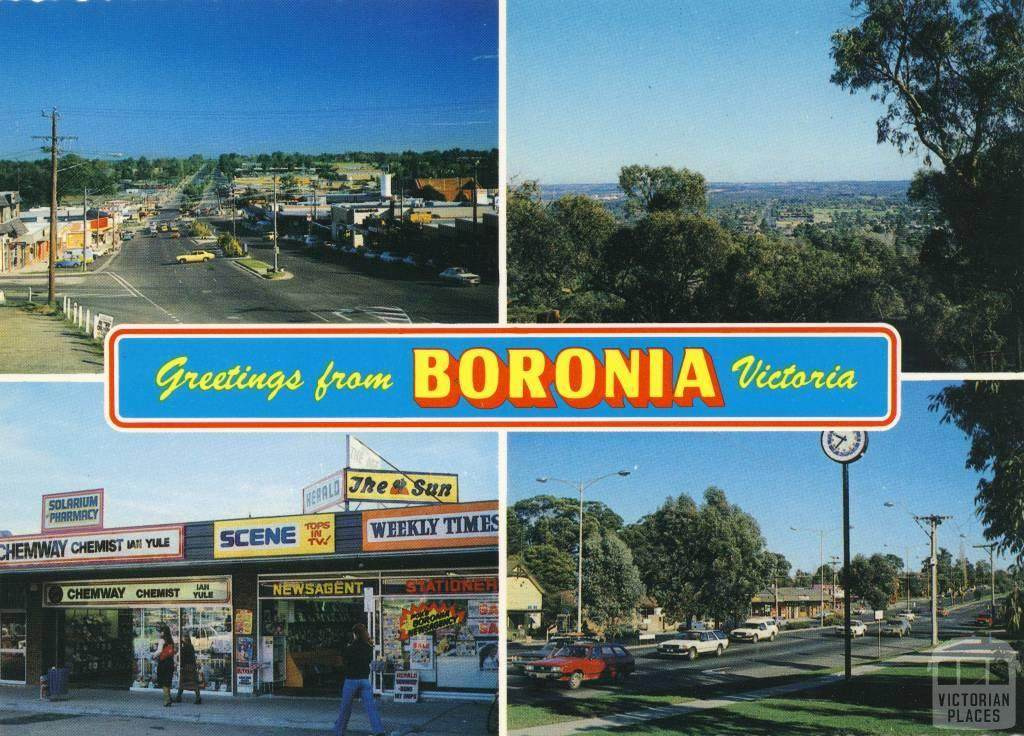
August 2010: Published online via the Linefeed blog and in issue 3 of LineRead available via print-on-demand. LineRead was exhibited as part of the Walker Art Centre exhibition, ‘Graphic Design: Now in Production’.
A brief history of Linefeed
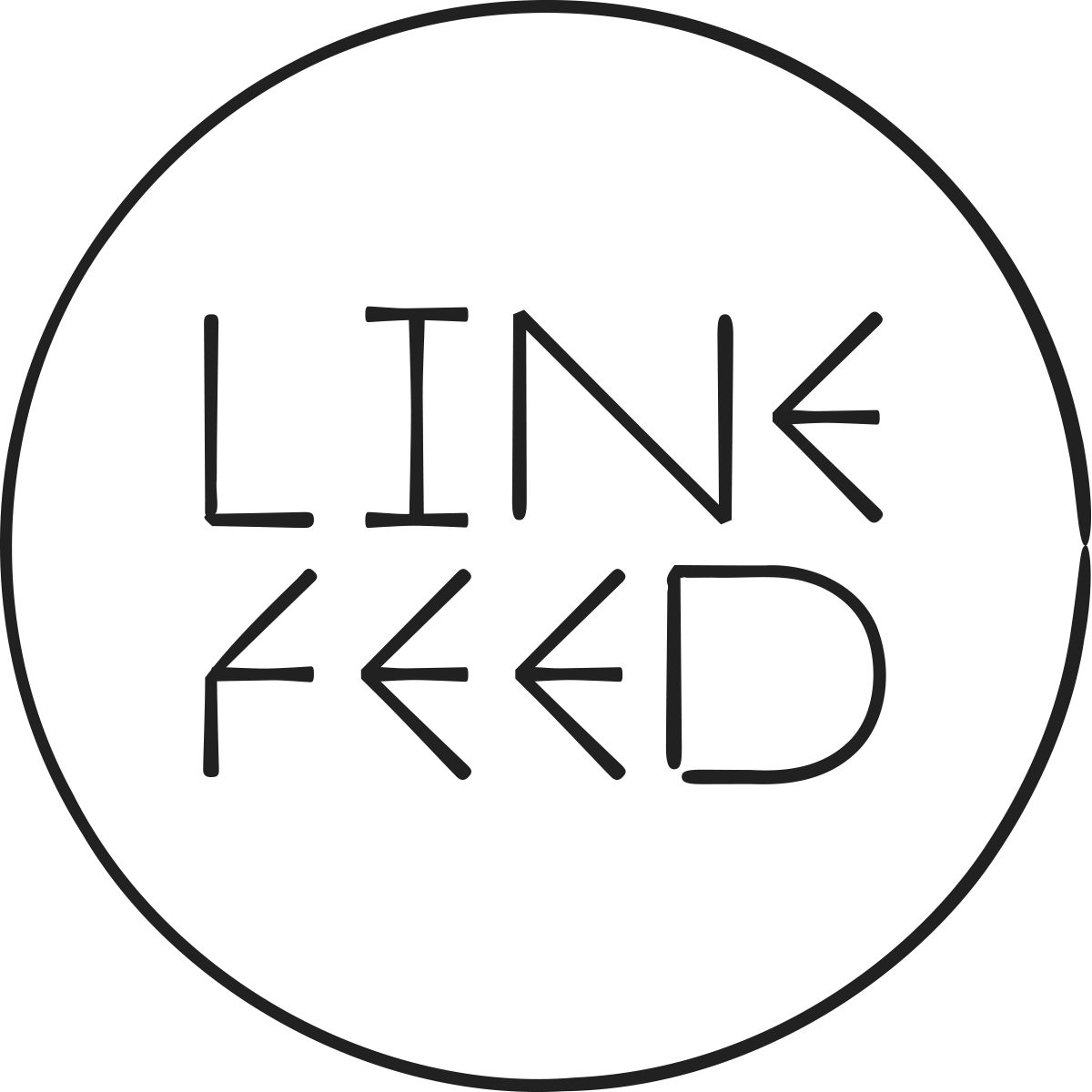
June 2013. This article was originally published as a blog on the Linefeed blog.
Expanding The Making of Modern Art
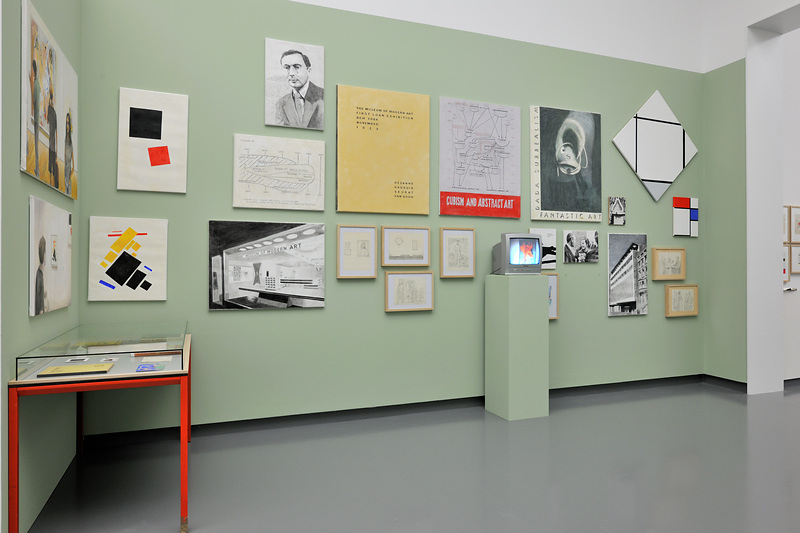
April 2018: Produced in response to the Van Abbe exhibition titled ‘The Making of Modern Art’ at vanabbemuseum.nl. / Submitted as part of the Design Curation & Writing MA at Design Academy Eindhoven / Tutors: Steven ten Thije (Van Abbe) & Alice Twemlow.
Towards a Contemporary Publishing Lexicon
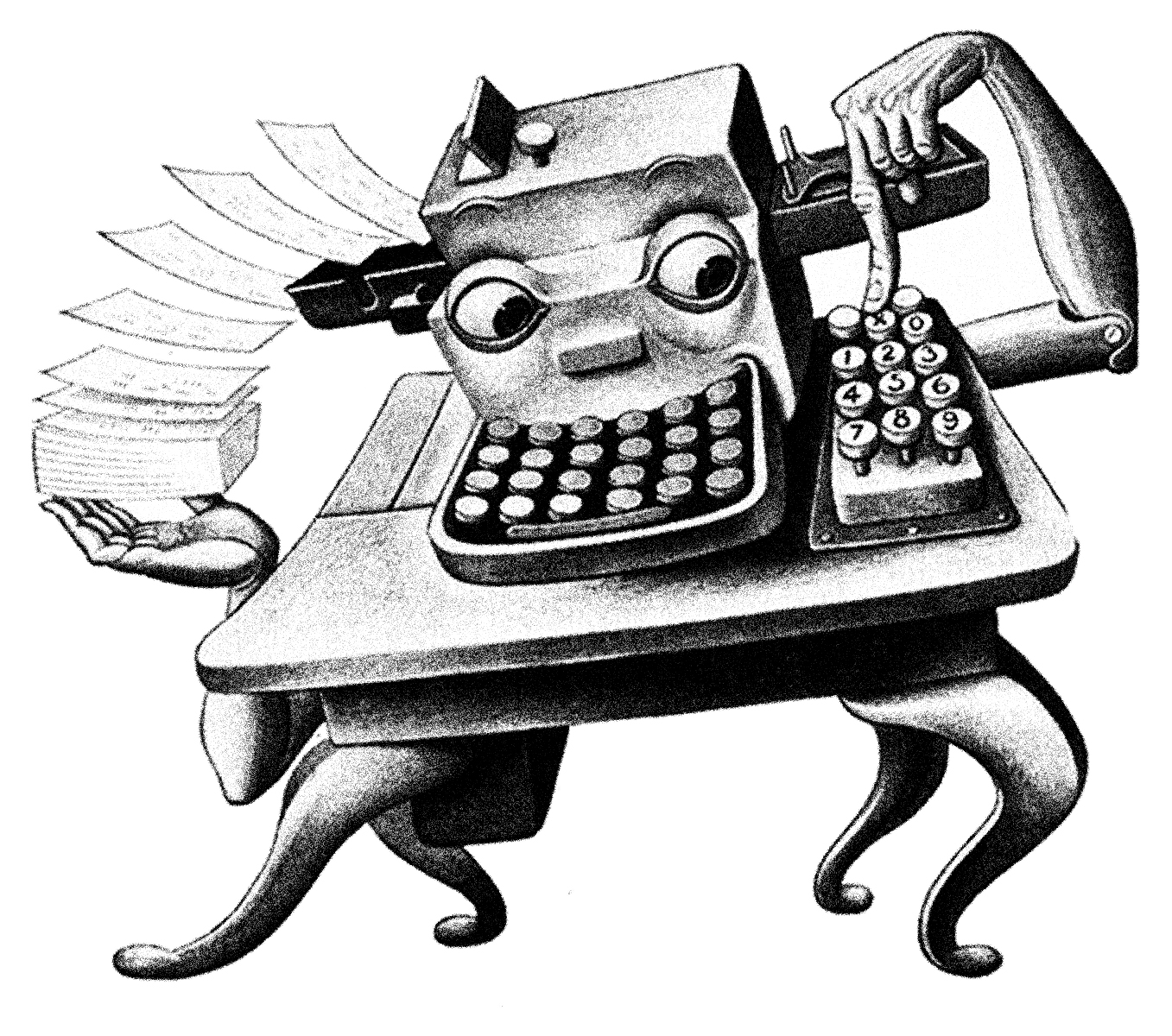
First published in 2018. Submitted as part of the Design Curation & Writing MA at Design Academy Eindhoven. Tutors: Shiloh Phillips & Loes Bogers.
Annet Dekker interview for Open Set
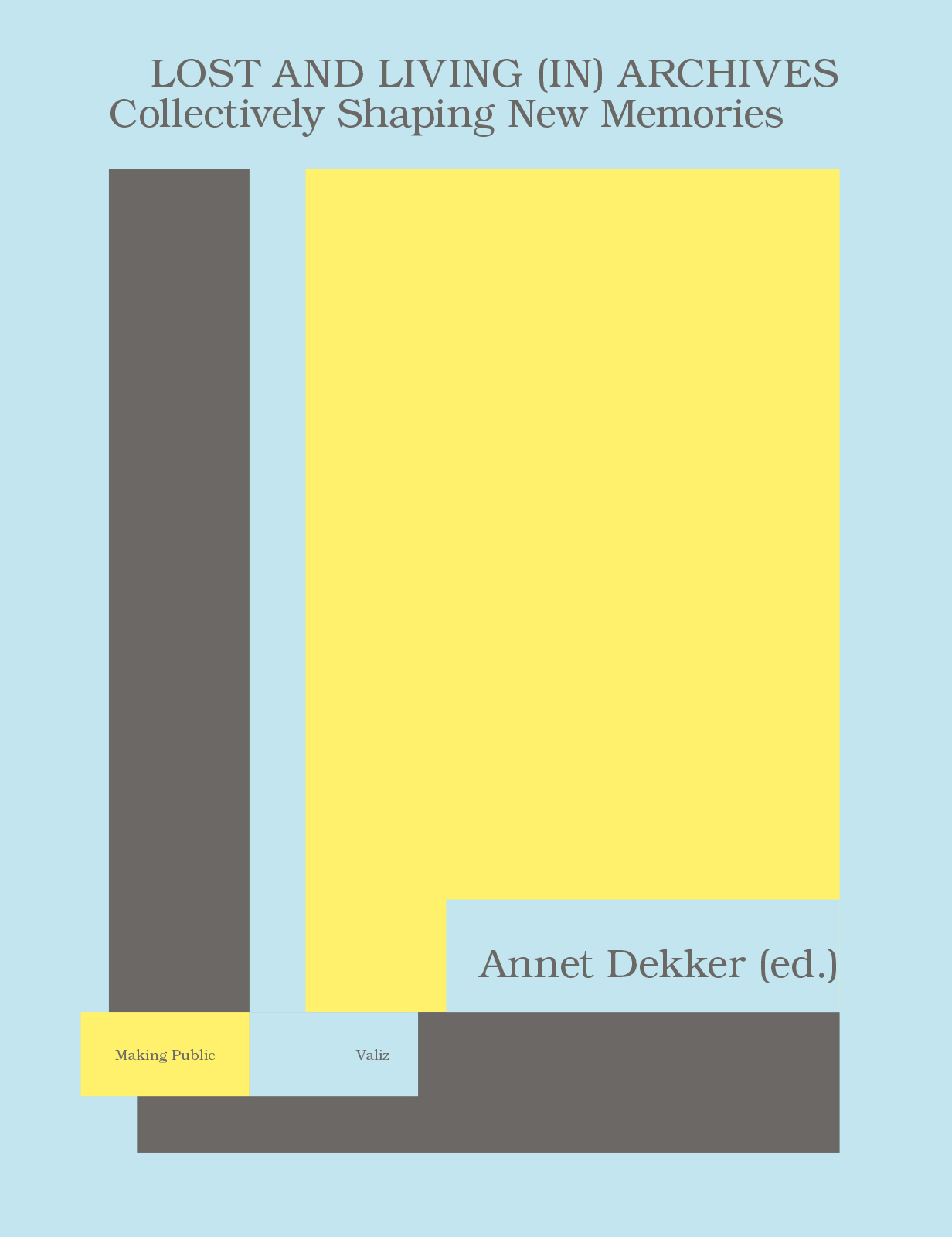
This text was produced for the 2017 edition of the OpenSet Reader as part of the Design Curation & Writing MA at Design Academy Eindhoven. Tutors: Irina Shapiro, Alice Twemlow. Also available to read via openset.nl/reader
Saviour Mode Activated

This year’s theme for Melbourne Design Week is “Design the world you want” [^1] which offers the slightest shift in gears from previous themes such as “How can design shape life?”, “How design can shape the future?”, “How design delivers change?” and “What does design value and how do we value design?” (For value see commodification, late stage capitalism, precarity etc etc). These themes are issued as incentives for participating in the programme and are posed with commercial design practitioners, and studios, in mind. This year’s theme makes a direct appeal to a designer or design studio’s stance as ‘creators’. It is an appeal harpooned directly into the designer godhead. It says you are part of a select cache with the privilege...
Why my pronouns are your choice
Not all pronouns are equal. This much we know. This explains why they have become so important a focal point in recent times, and rightly so. Instagram have marked their status with the addition of pronouns as a field within profile descriptions. For as closed and controlling a system as Instagram employs, this is really something. [^1]